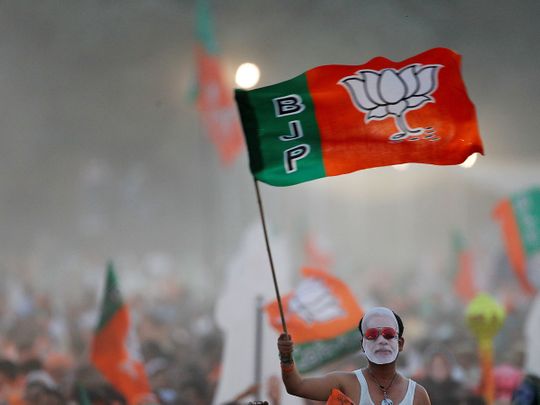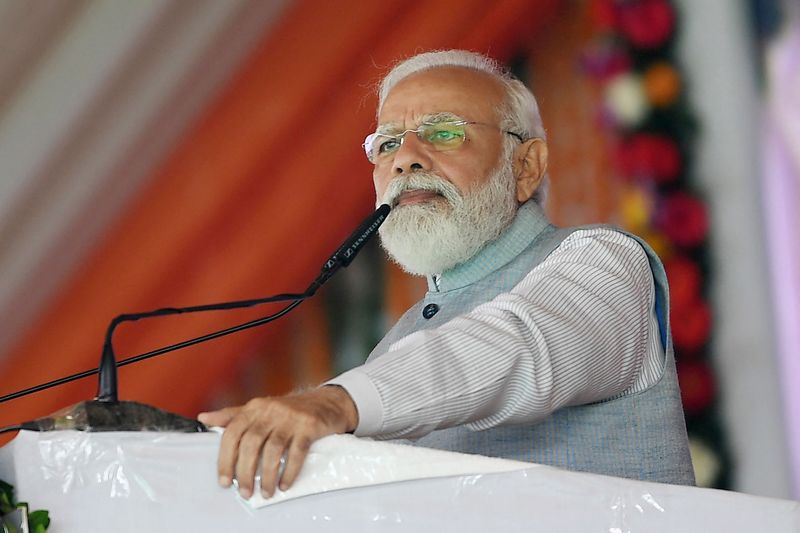
A few weeks ago, I joined half of Delhi in driving up to Shimla for some respite from the heatwave. In Mashobra near Shimla, a man was taking his children home from school. I asked him what he thought of the Himachal Pradesh assembly elections, due in November this year.
“BJP will repeat,” he said.
And why do you think so?
“Their mass connect is very good,” he replied. This was an unusual reply, because in most of India people give answers like ‘Modi’, ‘free housing’ or ‘free ration’ or ‘law and order’ and so on. The answers usually revolve around governance or identity politics.

How’s their mass connect so well, I asked.
“They have lots of workers in every village,” he said. “They take care of their workers who get people to vote for them.”
All right, what did he think of the Aam Aadmi Party’s chances in Himachal?
“They are not present on the ground for all the media hype. They may win a seat or two by some stroke of luck,” he replied.
And how about the main opposition Congress party?
“Their leaders are all fighting with each other and will ensure that the Congress party loses,” he said. “I shouldn’t be saying this to you but it’s the truth.”
Why shouldn’t he be saying this? “Because I’m a Congress worker myself.”
This is what explained why his reasons for the BJP doing well were so unusual.
If his assessment comes true — as is quite possible — then Himachal Pradesh will see a party win a second consecutive term for the first time since 1992. Until now, the state has neatly alternated between the BJP and the Congress.
That’s exactly what happened in another small hill state, Uttarakhand, earlier this year. By winning Uttarakhand despite several issues, the BJP won a 2/3rd majority.
For various reasons including the BJP’s obsessive strengthening of its party organisation, they now have a new dominance in the states. This new dominance in the states runs contrary to the perception that the BJP faces challenges in the states while being unshakeable at the centre.
Don’t give AAP all the credit
Like Himachal, the BJP is estimated by almost all political analysts to sweep the assembly election in Gujarat, due in December this year.
The entry of the Aam Aadmi Party could divide opposition votes and help the BJP win many seats which the Congress could otherwise have won by slim margins. But this is not the only reason why the BJP is estimated to be sweeping Gujarat this time. Last time in 2017, they faced numerous issues in the state. This time there seems to be no big issue.
The BJP made history earlier this year by repeating clear majority governments in Uttar Pradesh and Goa. Next year we shall see assembly elections in Rajasthan, Madhya Pradesh and Chhattisgarh.
In Rajasthan the government alternates every 5 years anyway. But the sense of a challenge that we had in Madhya Pradesh 5 years ago — with farmers’ agitations in particular — isn’t really there.
The Congress has some hope from Chhattisgarh and Karnataka, but once again it is not just the factional infighting within the Congress that hurts their chances. The BJP has its own warring factions too. It is the BJP’s party organisational strength, coupled with Brand Modi, that could give them an advantage.
One election cycle at a time
There has been this idea that the BJP tends to face a strong challenge in the states, even though it is unshakeable at the centre. This idea is based on the difference between the BJP’s performance in many states in national (Lok Sabha) and state (Vidhan Sabha) elections.
The difference in vote share between Lok Sabha and Vidhan Sabha in the same state, sometimes within a year of each other, can be as much as a whopping 10 percentage points. Even when the BJP wins a state, it does so with considerably less vote-share than the Lok Sabha elections.
From Bengal to Maharashtra, from Karnataka to Jharkhand, the BJP saw strong challenges. They have snatched Maharashtra back by helping the Shiv Sena implode.
The BJP is patiently working on a long-term strategy to expand its footprints to states where it has never been in power, such as Bengal, Odisha and Telangana. But in most of India today, that sense of a challenge in state elections has vaporised. India looks more and more like a one party state, one election cycle at a time.









